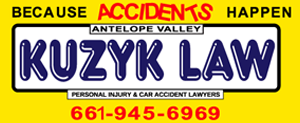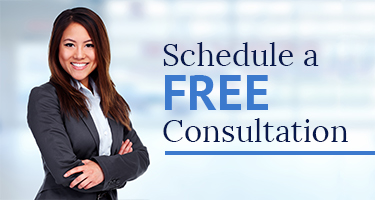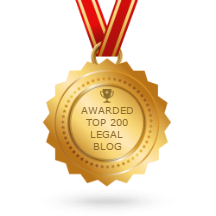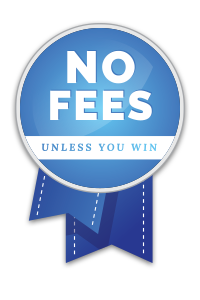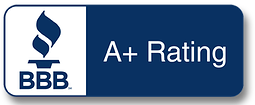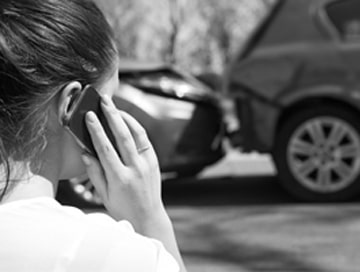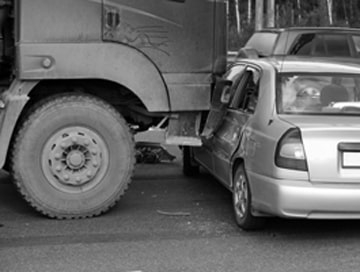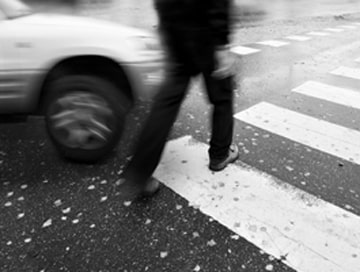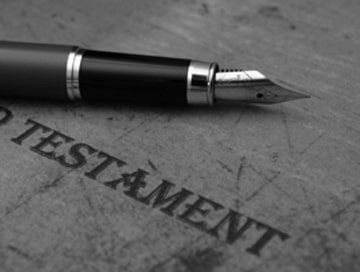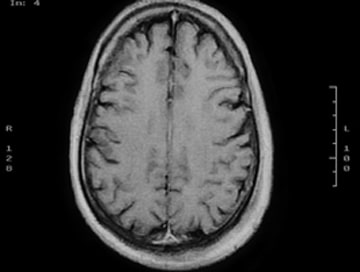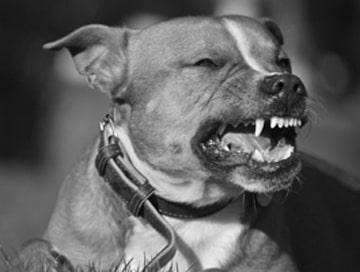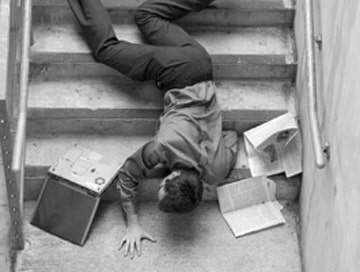Like any new technology, Tesla’s autopilot system is prone to malfunctions, some of which have led to tragic outcomes.
If you’ve been hurt in an accident involving a Tesla, getting the compensation you deserve can be difficult. Following a Tesla Autopilot accident, drivers often point the finger at Tesla, while the company insists that the drivers are to blame. A Bakersfield Tesla accident lawyer can help cut through the confusion.
If you’re in this unfortunate situation, the right legal representative can be a powerful ally. Contact Kuzyk Personal Injury & Car Accident Lawyers today for a free consultation.
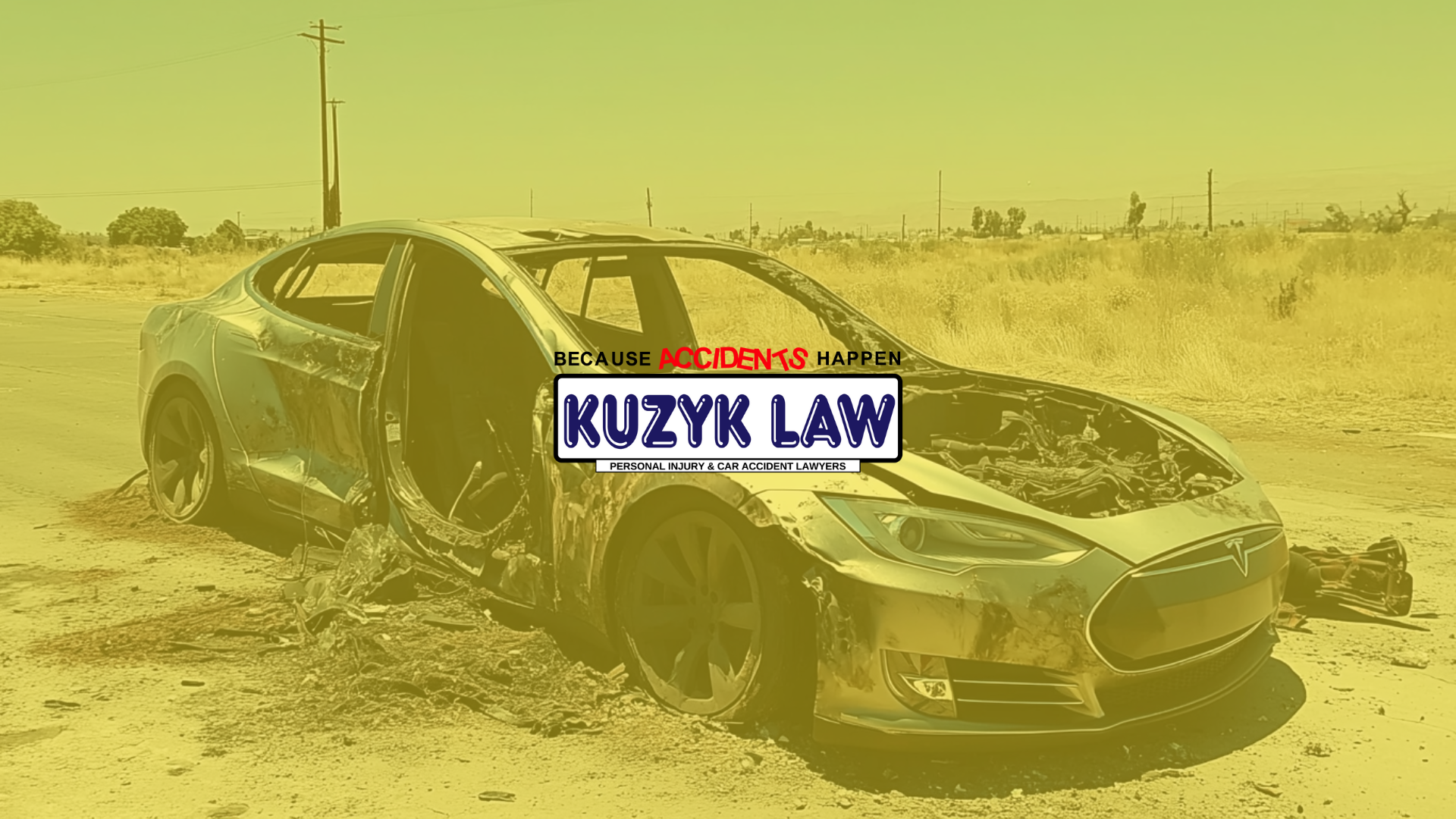
What Exactly Is Tesla’s Autopilot System?
Tesla vehicles can come with one of two driver-assistance systems:
- Autopilot
- Full Self-Driving (Supervised)
When most people talk about Tesla’s “autopilot” function, they’re referring to Full Self-Driving (Supervised). Both systems enable a Tesla vehicle to drive itself in certain situations, but they have some key differences.
Autopilot
Most newer Teslas come with Autopilot, but drivers may also purchase the system later. This system is more for driver assistance than for true self-driving. The exact features can vary based on the vehicle, but Autopilot usually includes Autosteer and Traffic-Aware Cruise Control, a system that automatically matches the speed of traffic.
Full Self-Driving (Supervised)
Tesla claims that a car with Full Self-Driving (Supervised) enabled will be able to drive itself in almost any situation. However, it also states that drivers should have their hands on the wheel and be ready to intervene in case the system malfunctions.
The following are some of the main features of Full Self-Driving (Supervised):
- Auto-steering on highways and city streets
- Automatic navigation
- Automatic lane changes
- Automatic parking
- Automatically obeying traffic lights and stop signs
Before activating Autopilot or Full Self-Driving (Supervised) in Tesla’s system, drivers must agree to always keep their hands on the wheel and maintain control of the car. Unfortunately, not all drivers do this. When they neglect to follow this warning and the system malfunctions, Tesla self-driving accidents can occur.
What Are Some Causes of Tesla Accidents in California?
When you think of a Tesla accident, you might picture a faulty Autopilot or Full Self-Driving (Supervised) system. However, these aren’t the only possible causes of Tesla accidents. Here are the three most common causes of Tesla accidents in California:
Battery Explosions
There’s a risk of fire after any car accident. However, if a Tesla’s lithium-ion battery catches fire after a crash, the blaze can become extremely hot very fast. Thanks to a process known as thermal runaway, a lithium battery can go from 212°F to 1,800°F in one second.
Many battery explosions happen after car or truck accidents when the battery becomes physically damaged. However, like other kinds of lithium batteries, Tesla batteries can occasionally explode without warning.
Speeding
Speeding is a common contributor to car accidents. Driving too fast for conditions reduces a motorist’s time to react and tends to cause more serious injuries.
This factor isn’t unique to Teslas. However, because Teslas can accelerate faster than many types of vehicles, it’s easy for drivers to lose control and cause accidents.
Autopilot and Self-Driving Failures
Although Tesla advises drivers to remain alert and engaged, malfunctioning Autopilot or Full Self-Driving (Supervised) systems can cause crashes. These kinds of mishaps may be more common than many realize. For instance, the company recalled more than two million vehicles in 2023 because of problems with their Autosteer capability.
Tesla Vehicle Safety Report
Reading about what can happen when a Tesla has a software malfunction or catches fire might lead someone to think that these cars are unusually dangerous. However, the company releases quarterly data on the Tesla self-driving accident rate and annual data on the fire rate.
The data records the number of crashes and fires per mile driven. Here are some key takeaways:
- Teslas using Autopilot are far less likely to crash than non-Autopilot Teslas and other vehicles
- Teslas catch fire less often than other cars
Here’s a look at the car accident statistics from the past several quarters:
| Vehicle Type | Q1 2024 | Q2 2024 | Q3 2024 | Q4 2024 | Q1 2025 |
| Tesla w/Autopilot | One crash per 7.63 million miles driven | One crash per 6.88 million miles driven | One crash per 7.08 million miles driven | One crash per 5.94 million miles driven | One crash per 7.44 million miles driven |
| Tesla w/o Autopilot | One crash per 955,000 million miles driven | One crash per 1.45 million miles driven | One crash per 1.29 million miles driven | One crash per 1.08 million miles driven | One crash per 1.51 million miles driven |
| National Average | One crash per 702,000 miles driven | One crash per 702,000 miles driven | One crash per 702,000 miles driven | One crash per 702,000 miles driven | One crash per 702,000 miles driven |
Because national data is collected less frequently, the national average value is the same across multiple quarters.
Tesla’s latest fire report is for 2022. It found that between 2012 and 2022, there was approximately one Tesla fire per 130 million miles traveled. National Highway Traffic Safety Administration (NHTSA) data indicates that there’s about one vehicle fire per 18 million miles.
Have There Been Tesla Lawsuit Settlements in California?
A Tesla truck accident or car crash might be statistically less likely than an accident in another vehicle. However, they still occur, and when they do, self-driving car accident lawyers can sometimes help the injured parties secure fair settlements.
One such settlement resulted from a 2018 crash in which an Apple engineer was killed after his Tesla Model X swerved off the road while Autopilot was activated. The car was traveling at 71 miles per hour when it suddenly crashed into a roadside barrier.
An investigation determined that both the engineer (who was allegedly playing a video game just before the crash) and Tesla’s self-driving system were to blame. Tesla settled the suit in 2024 for an undisclosed amount.
Understanding Tesla and the Car’s Autopilot System
Cases involving Tesla autopilot accidents can be legally complex. To establish liability, it’s necessary first to understand the various levels of automation in Tesla vehicles:
- Level 0: Momentary driver assistance
- Level 1: Driver assistance
- Level 2: Additional assistance
- Level 3: Conditional assistance
- Level 4: High automation
- Level 5: Full automation
Examining the level of automation involved helps us determine liability in self-driving car accidents. The greater the automation level, the more likely Tesla is at least partially at fault.
Why Work With a Bakersfield Tesla Accident Lawyer at Kuzyk Personal Injury & Car Accident Lawyers?
Navigating the aftermath of any car accident can be challenging. However, dealing with accidents for which the fault could rest with a self-driving system, another driver, or both demands special legal knowledge.
If you’ve been hurt in a crash, a Tesla accident lawyer may be able to help. The capable team at Kuzyk Personal Injury & Car Accident Lawyers is here to help you understand your options and exercise your rights.
Is Tesla Autopilot Safe?
The existing data shows that Tesla’s Autopilot system is generally safe. However, while malfunctions are relatively rare, they can cause serious injury or death when they happen. Drivers who use Autopilot should always stay alert and keep their hands on the wheel.
Important Ways of Gathering Evidence From the Tesla Accident
When you work with a Tesla accident attorney, one of the first things your lawyer will do is search for critical evidence. Here are some of the most important places to look:
On-Board Computer
The onboard computer is the “brain” of a self-driving vehicle. Following a crash, a vehicle expert may be able to analyze it to find out what went wrong.
Video Footage From the Tesla Cameras
Teslas are equipped with several cameras to monitor road conditions and inform the self-driving system. These cameras may have recorded footage of the crash itself, and the cabin-mounted camera may indicate whether the driver was paying attention.
Eyewitness Testimonies
Witnesses are critical in any kind of car accident. If anyone saw your Tesla accident occur, they may be able to corroborate your version of events.
Police Reports
Police reports include valuable information about a crash, including the responding officer’s opinion regarding who was at fault.
How We Determine Liability in a Tesla Accident
Liability in Tesla accidents can be complicated. Depending on the circumstances, the following parties may all bear liability:
The Driver (the Autopilot Mode Is Off)
When Autopilot is off, the driver is in full control of the car, so they alone would likely be at fault for an accident. However, if the crash happened because of a manufacturing defect (such as a battery spontaneously catching fire), Tesla may be liable.
The Driver (the Autopilot Mode Is On)
It can be trickier to assign liability when Autopilot is activated. If the driver wasn’t paying attention and didn’t have their hands on the wheel to intervene, they may be held accountable.
The Car Manufacturer (Tesla)
If a malfunction is dangerous or egregious enough that a driver is unable to stop it, Tesla could be on the hook, either on its own or along with the driver.
Statute of Limitations for Accidents in California
If you’ve been hurt or have lost a loved one in a Tesla accident, speak with a self-driving car accident attorney as soon as you can. Scheduling a consultation well in advance of the state’s statutes of limitations can ensure that your lawyer has enough time to build a strong case.
The following are the key statutes of limitations to keep in mind:
Wrongful Death Claim
California generally gives the surviving loved ones two years from the date of death to bring a wrongful death suit.
Personal Injury Claim
Accident victims typically have two years from the date of their injuries to file a personal injury claim.
Property Damage Claim
If your personal belongings were damaged or destroyed in a Tesla crash, you generally have three years to file a claim.
Let Kuzyk Personal Injury & Car Accident Lawyers Work With the Insurance Companies So You Don’t Have To
When you’re recovering after a crash, the prospect of going up against the insurance companies can feel overwhelming. When you work with Kuzyk Personal Injury & Car Accident Lawyers, you can rest assured that we’ll put our experience to work for you.
We’ve assisted countless clients throughout California in securing the compensation they needed to deal with the effects of their accidents, and we’re confident we can help you, too.
Settlement for Tesla Crashes in Bakersfield, California
Most car accident-related lawsuits settle out of court. Tesla frequently settles lawsuits in order to avoid publicity, and most insurance companies prefer to avoid the expense of a trial if possible. That said, we won’t hesitate to pursue a lawsuit on your behalf if necessary.
Contact Our Bakersfield Tesla Accident Lawyers Today for a Free Consultation With Kuzyk Personal Injury & Car Accident Lawyers!
If you’ve suffered a spinal cord injury, whiplash, or other severe injuries in a Tesla crash, dependable legal advocacy is within reach. Contact us today to set up your free consultation.
Bakersfield Tesla Accident Lawyer FAQs
What Happens When a Tesla Get in an Accident?
Teslas are designed to protect passengers in the event of a crash. However, there’s a chance that the battery could cause a lethal fire.
Why Do I Need a Tesla Accident Attorney?
Tesla accidents, especially those involving self-driving systems, can present complex legal issues. A lawyer familiar with these systems will be better qualified to represent you.
How Much Does It Cost to Work With Kuzyk Personal Injury & Car Accident Lawyers?
Our attorneys work on a contingency basis, which means you pay nothing up front. If we recover compensation for you, we’ll claim a percentage of the final award or verdict.
